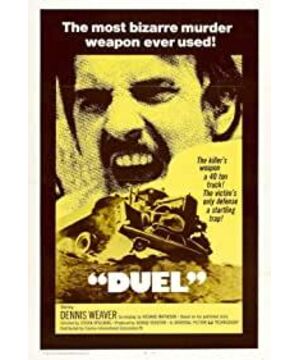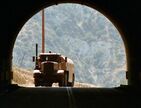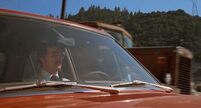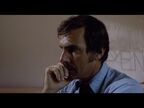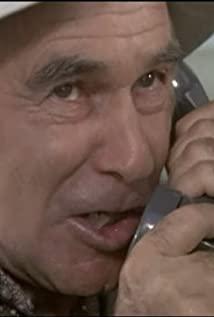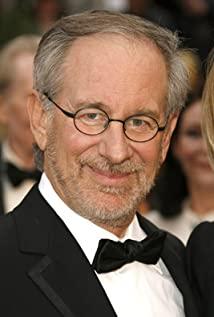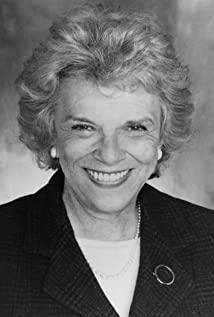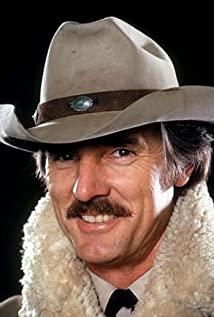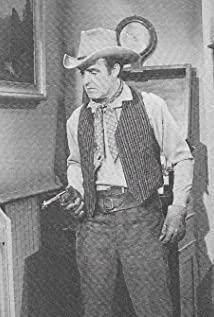1. The truck driver did not show his face, and his truck was very old and weird. The whole body was rusty, and the front windshield was also plaster. Every time the protagonist looks out of the car, he is either looking up from the angle or in the inverted mirror, and never sees the driver clearly. Therefore, it gives people the feeling that the other party is aloof, behaving strangely, full of pressure, unpredictable, and full of mystery.
2. Although the plot takes place on the highway, most of the time the surroundings are barren and crowded, and the protagonist has nowhere to hide. At the same time, the truck far exceeds the protagonist's car in terms of horsepower and body volume, and the contrast between strength and weakness is huge. When the audience substitutes themselves into the protagonist's situation, a sense of isolation and helplessness arises spontaneously.
3. If the one-and-a-half-hour film is all on the highway and you chase me, even Jesus cannot guarantee that the audience will not suffer from aesthetic fatigue. So a few episodes are interspersed in the middle of the film. For example, when a school bus broke down on the road, the protagonist couldn't help, but the truck turned around and pushed it. At a gas station, when the protagonist wanted to call the police, the truck turned around and shattered the phone booth. Another time, when the protagonist’s car was parked in front of the railway and waiting for the train to pass, the truck pushed the protagonist’s car up the train like crazy... As if this truck driver was moody, good and evil, and his behavior was illogical, like A madman. As a result, we feel that the development of the plot is also full of uncertainty.
4. In the middle of the film, a climax scene in the restaurant is arranged. The protagonist is injured and enters a lonely restaurant. When he comes out of the bathroom, he finds that the truck is also parked outside the door. Obviously, the truck driver is hidden among the dozen or so customers in the restaurant. So the protagonist experienced a fierce ideological struggle, and finally found a male customer he thought was a truck driver. After the two had a fight, the man drove away in another car. It turns out that he is not a truck driver. At this time, the real truck driver had sat back in the truck and started the car. The scene is very exciting and tense. At the same time, it is basically the only scene in the film that tests the protagonist's acting skills. The protagonist's performance is still passing.
5. In the early part of the film, when the two drivers had not yet formed a confrontation, in order to resolve the monotony of the plot and increase the atmosphere of life, the film also used some small methods, such as the protagonist in the car listening to the radio and talking to himself. The gas station called his wife to reveal that he had just had an awkward relationship with his wife, etc., creating a contrast to the strange plot that followed a sudden turn.
In all fairness, the film has developed to this day. Spielberg’s first crying work 38 years ago may not be as gorgeous as Ning Hao’s "Crazy Racing". But the Hitchcock-style suspense narrative technique he used in the film, as well as his excellent grasp of the atmosphere and rhythm of the story, have high learning and reference value even today. It is impossible to make a script that has been so simple to make such a thrilling thriller without excellent visual narrative ability.
By the way, since this film was originally a TV movie invested by a TV station, that is, it is only broadcast on TV and not shown in theaters, so no matter the manpower, material resources and funds are strictly limited, the filming time of the whole film is only ten days. .
View more about Duel reviews


